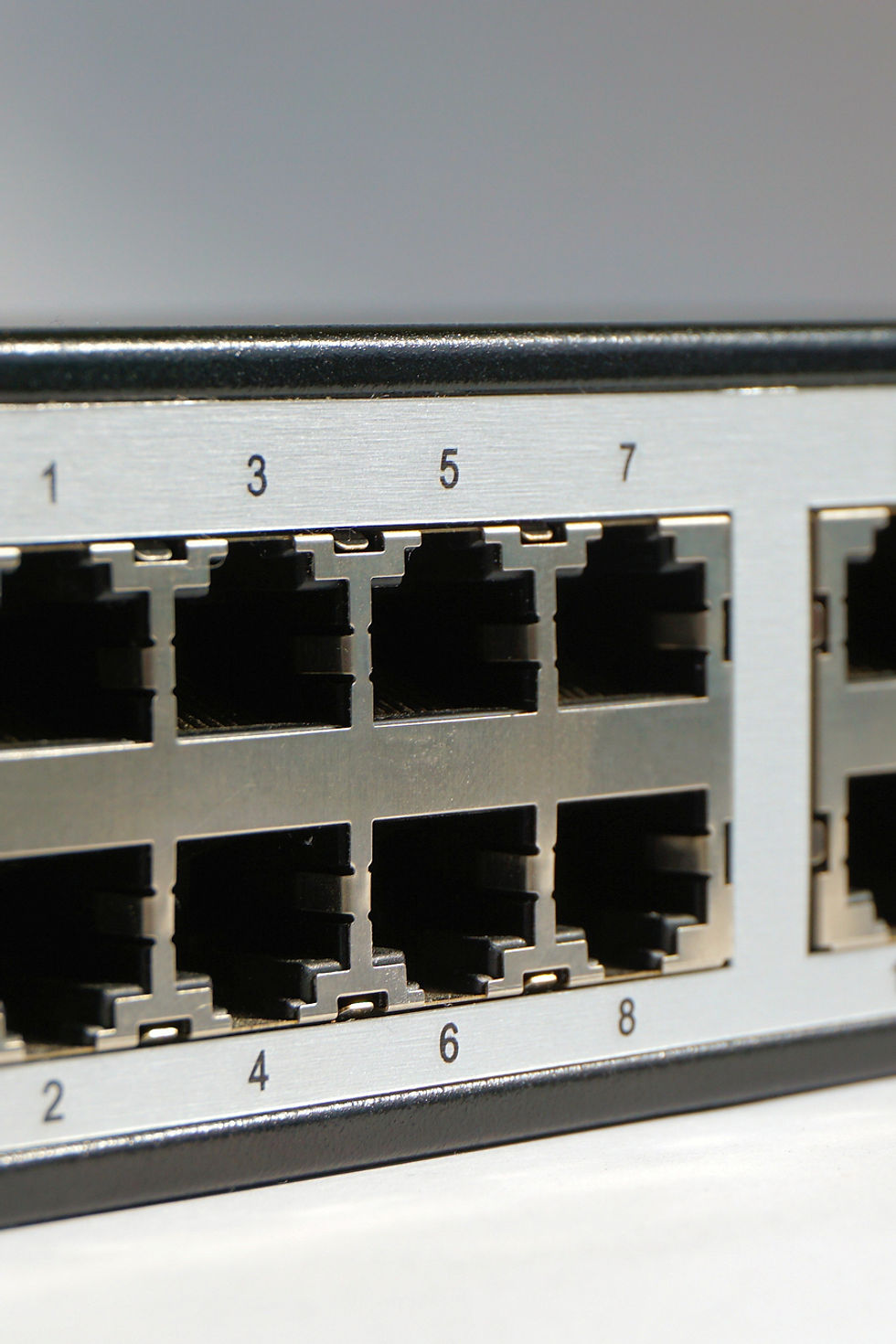Securing Your Network: Best Practices for Fiber Optic Security
- andrew05127
- Nov 15, 2023
- 2 min read
Securing Your Network: Best Practices for Fiber Optic Security In today's digital age, where data breaches and cyber threats are becoming increasingly common, securing your network is of utmost importance. This is especially true for businesses in the telecommunications industry that rely heavily on fiber optic networks for their operations. Network 23, a leading telecommunications consulting firm, understands the significance of protecting sensitive data and ensuring network security. In this blog post, we will provide you with valuable insights and best practices for securing your fiber optic network. 1. Encryption Techniques: One of the most effective ways to secure your network is by implementing strong encryption techniques. Encryption converts your data into an unreadable format, making it difficult for hackers to access or decipher. Network 23 recommends using advanced encryption algorithms such as AES (Advanced Encryption Standard) to protect your data. Additionally, regularly updating encryption keys and using secure key management practices will further enhance the security of your network. 2. Physical Security Measures: While digital security is crucial, physical security measures should not be overlooked. Fiber optic cables are vulnerable to physical tampering, which can lead to data breaches. To mitigate this risk, Network 23 suggests implementing measures such as secure cable routing, locked cabinets, and surveillance cameras. By restricting physical access to your network infrastructure, you can prevent unauthorized individuals from tampering with your cables and compromising your network security. 3. Network Monitoring: Continuous network monitoring is essential for detecting and responding to potential security threats. Network 23 recommends using advanced network monitoring tools that can identify abnormal network behavior, such as unauthorized access attempts or unusual data traffic patterns. By monitoring your network in real-time, you can quickly identify and mitigate any security breaches, minimizing the potential damage to your network and data. 4. Access Control: Controlling access to your network is another critical aspect of network security. Network 23 advises implementing strong access control measures, such as multi-factor authentication and role-based access control. Multi-factor authentication adds an extra layer of security by requiring users to provide multiple forms of identification, such as a password and a fingerprint scan. Role-based access control ensures that users only have access to the specific resources and data they need to perform their job functions, reducing the risk of unauthorized access. By following these best practices, businesses can significantly enhance the security of their fiber optic networks. Network 23's expertise in the telecommunications industry makes them a trusted source for advice on network security. Their commitment to staying up-to-date with the latest advancements ensures that their recommendations are relevant and effective. Remember, securing your network is an ongoing process, and it requires a proactive approach to stay one step ahead of potential threats. By prioritizing network security and implementing these best practices, you can safeguard your sensitive data and ensure the smooth operation of your telecommunications infrastructure.





Comments